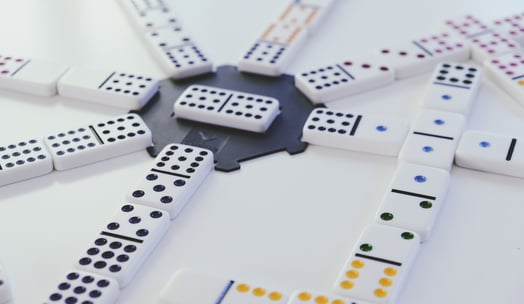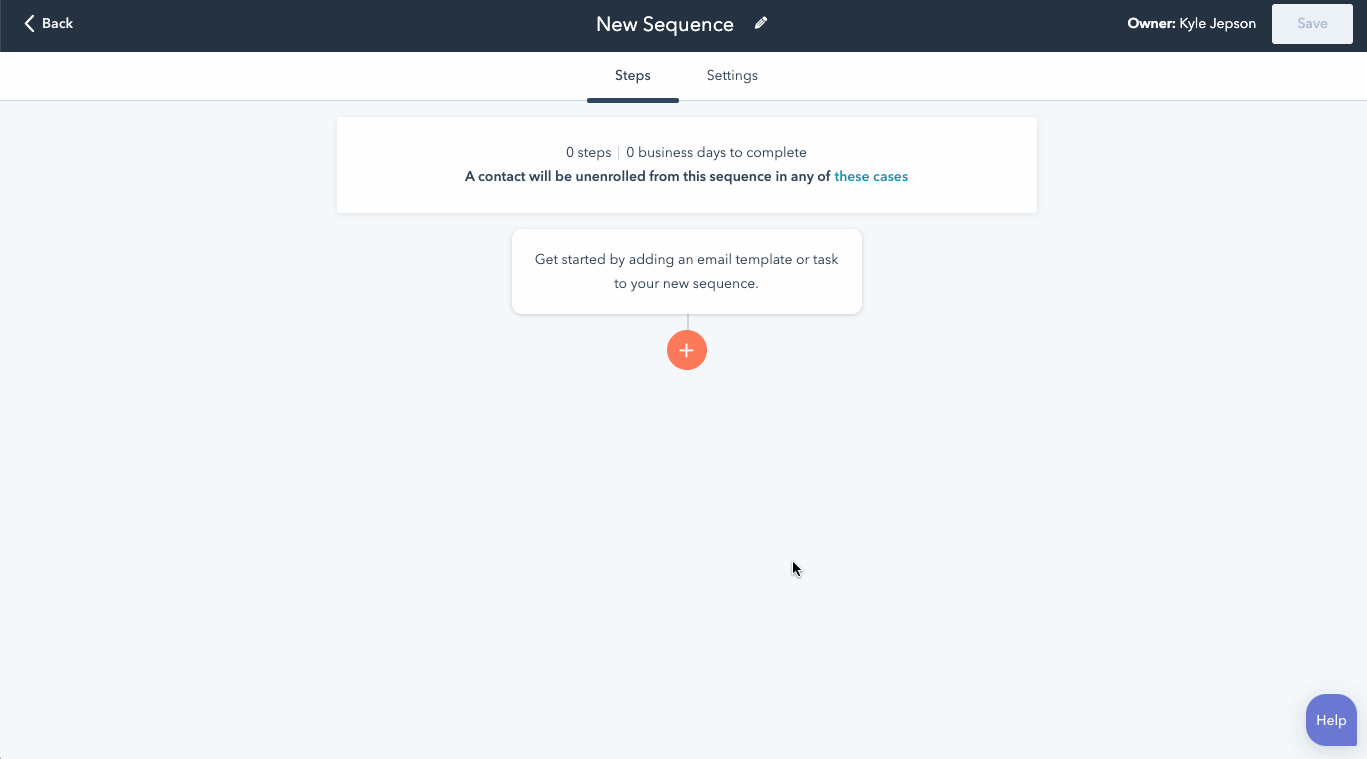For as long as Sequences has been around, it’s primarily been an email automation tool. You queue up a bunch of emails, personalize them all at once, and send them off. In this way, Sequences has always been like a personal assistant who never forgets to send follow-up emails on your behalf. And that’s great. Automatically sending one-to-one emails is a job Sequences will keep doing. But thanks to a recent update, Sequences can now do so much more.

Introducing Manual Emails
In addition to automatically sending emails, Sequences can now set up emails for you to approve before sending. To do this, insert an email task into the sequence and when Sequences gets to that step, instead of sending an email, it will create a task for you. You can even attach an email template to the task to have it automatically fill in the subject line and email body for you. All you have to do, then, is look it over, personalize it as needed, and hit send.
This slight shift has huge repercussions for how you might use the Sequences tool. Now, instead of needing to personalize every single email in the entire chain right when you enroll a contact in it, you can enroll contacts without having to do any upfront work. And as the tasks get created and assigned to you, you can work through them, updating the text to match the current context. You no longer have to guess what a person might need to hear three weeks from now. Instead, Sequences assigns tasks to you when they’re needed, and you can personalize them according to what’s happening now.
Other Tasks
But this isn’t just for emails. Sequences also supports call tasks, which open the calling pane for you. This way, if you have an email-and-call cycle as part of your sales process, you can orchestrate it using Sequences so you never have to remember what step you’re on. And, if you have LinkedIn’s Sales Navigator integrated with your HubSpot account, you can include InMails and connect requests as part of your sequence, too.
It’s also worth noting that, by default, tasks now “pause” sequences. That means if there’s a task as part of your sequence, the next step in the sequence won’t be triggered until you mark that task complete. This way, your sequences help orchestrate your outreach instead of pushing it forward regardless of what’s happening in the world.
When to Use Automated Emails
This isn’t to say that automated emails are a thing of the past. If you’re trying to get in contact with someone who requested information through your website, or if you’re trying to reschedule with someone who didn’t show up to a meeting, a sequence of automated emails is going to be the right way to get in contact. That’s because these emails require very little personalization and are time sensitive. Helping someone book time on your calendar is something an automated system can handle very well.
But if that’s all there was to doing sales, we wouldn’t need salespeople at all. We need salespeople to synthesize information, tailor messages to specific people’s needs, and adapt to changing situations. A sequence of manual emails makes it easier for them to do that. Instead of having to remember who they need to follow up with or reach out to, salespeople can enroll their contacts into sequences of tasks and let the system handle the administrative pieces so they can focus on the art of selling.
How It Works
When you add a task to a sequence, you can choose the type of task you want it to be. Here’s an example of adding an email task to the sequence. Notice the option to choose an email template:

Then, when the rep opens the task, the email template populates the email.
Take a look at your existing sequences and see if some of them would be better off using manual emails than automatic emails. Or, create a new sequence from scratch and try making a task-based sequence. You have different options to better suit your approach.
NOTE: Sequences is available to paid users in Sales Hub Professional and above.